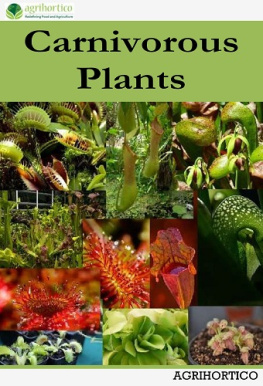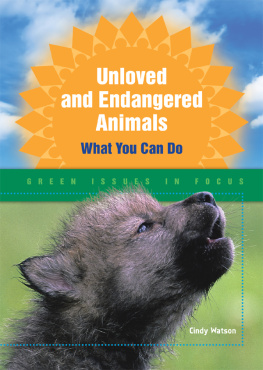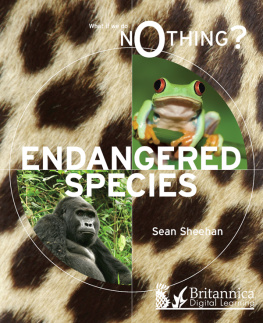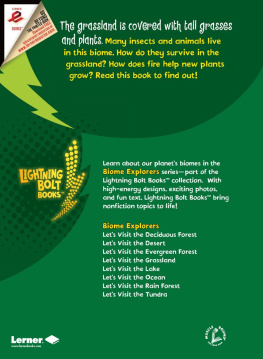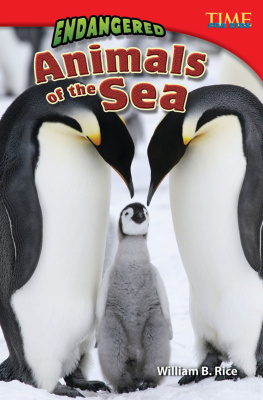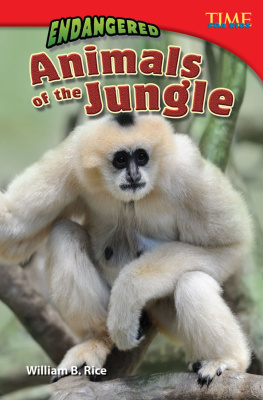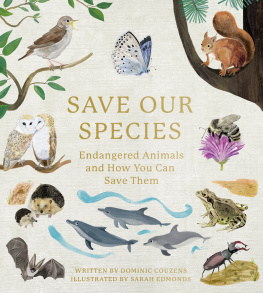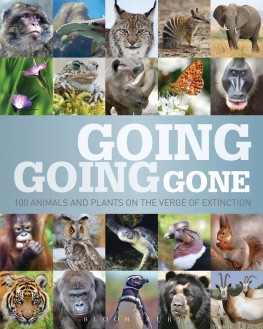BOG: A peatland containing acidic with common characteristics are grouped water and sphagnum mosses. There is only one known sphagnum bog in North similar characteristics are grouped into a Dakota.
ECOSYSTEM: A community of organisms and their physical environment.
FAMILY: See species.
FEN: A wetland fed year-round by nutrient rich water and underlain by peat. Prevailing vegetation varies from low grassy plants to tall shrubs. They are usually found on sloping river valleys.
PEAT: An accumulation of partially decayed plant matter. In North Dakota, these accumulations are as thick as 16 feet.
SPECIES: All plants and animals are divided into groups with similar characteristics. The basic building block for this division is the species. Organisms of the same species can interbreed. Species with common characteristics are grouped into a genus (plural genera). Genera with similar characteristics are grouped into a family.
Each species is given a scientific name of two words, the genus and species. These names are latin so they can be recognized worldwide. Common names, on the other hand, vary from nation to nation, and even within a nation.
Examples:
- Species: Mallard Scientific Name: Anus platyrhynchos
- Species: Northern Pintail Scientific Name: Anus acuta
Both the Mallard and Pintail are in the same genus Anus and are also grouped into the family of ducks, geese, and swans.
SUBSPECIES: Species are sometimes divided into subspecies, or distinct populations. Subspecies are usually separated geographically. For example, the Giant Canada Goose, a subspecies of Canada Goose, breeds in North Dakota. The Lesser Canada Goose. a smaller subspecies of Canada Goose, breeds in the Arctic.
-- Suggested Reading
Early explorers and settlers of North Dakota saw miles and miles of prairie. The prairie was called a sea of grass because of the way vegetation waved and rolled in the wind. There was very little to break the monotony of the prairie except the wetlands that dotted the landscape.
Today, we can only imagine how the sea of grass looked. Much of the prairie has been plowed to produce crops. Shelterbelts, farmsteads, and powerlines now interrupt the formerly endless horizon.
Some prairies have survived better than others. Prairies on rocky, sandy, or hilly areas are sometimes left intact. Many of these are used for grazing livestock. The Red River Valley, however, has few prairie remnants left because the flat topography and fertile soil make it valuable cropland.
Few grasslands have survived man's impact: cattle now graze where buffalo once did; fires that rejuvinated prairie grasses and fortes are almost nonexistent. Many exotic species such as Kentucky bluegrass have suppressed native plants. Some of the plants and animals of the prairie are adaptable enough to survive the changes. Some are not. The species listed below could not adapt to these changes.
Grasslands Animals:
Extinct:
Great Plains Wolf, Audubon Sheep
Extirpated:
Grizzly Bear, Mountain Plover, Bison, Common Raven
Endangered:
Northern Swift Fox:The swift fox is believed to have lived throughout North Dakota, but since the early l900s, reports have been restricted to areas south and west of the Missouri River. It is highly vulnerable to trapping pressure andpredator control operations and was thought to be extinct until reported in recent years in North Dakota and South Dakota. The last North Dakota reports were in 1970 (Slope County) and 1976 (Mercer County). More recently, reports have been recorded from northern South Dakota counties. Populations may be increasing in response to cessation of large scale predator control campaigns. Black-footed Ferret: Historically, the black-footed ferret was never abundant. Probably because of its rareness, it was valued by Plains Indians, who used the pelts as ornamental dressings or ceremonial objects. The few North Dakota reports in this century (30 since 1910) have been restricted to counties south and west of the Missouri River. Most sightings have been in the vicinity of prairie dog towns near the Little Missouri and Cannonball rivers. The ferret's original range extended from Texas to Alberta.
Peregrine Falcon: Only two records of nests or dependent young of this magnificent predator have been documented since 1920. Professional egg collectors who sold eggs to museums or private collectors greatly reduced the North Dakota population by the early 1900s. The pesticide DDT nearly eliminated the population in the lower United States during the 1950s and 60s. Recent restrictions on DDT use have allowed slight population recovery in some areas. Most nests in North Dakota were on ledges or in crevices on the sides of steep buttes in the western part of the state.
Threatened:
Mountain Lion:The secretive nocturnal mountain lion has one of the widest ranges of any mammal in the western hemisphere, from British Columbia deep into South America. Human settlement and indiscriminate hunting resulted in extermination over much of its original range. Surviving populations are limited to wild areas, far from human settlement. In North Dakota, mountain lions did not occur east of the Missouri River following white settlement. Even fur traders of the early 1800s did not report lions taken from the eastern half of what is now North Dakota. Until recently, the mountain lion was considered completely extirpated from North Dakota. However, there has been an increased frequency of reports from remote areas west of the Missouri River (Billings, Dunn, McKenzie, Mercer, Oliver counties). Furthermore, there have been confirmed sightings in Manitoba near the North Dakota line. Therefore, a few may reside in the more wild areas of the state but we do not know if these are breeding residents or wanderers from Manitoba, Saskatchewan, or Montana. Greater Prairie Chicken: This grouse likely followed agriculture into North Dakota during the pioneer period and then became very abundant during the first three decades of this century. Since the 1930s the species has been in steady decline and remnant populations occur only in or near the Sheyenne National Grasslands in Richland and Ransom counties and in Sargent County. The bird is an inhabitant of tracts of tall grass prairie that are not heavily grazed or otherwise disturbed.
Long-billed Curlew: This large shorebird inhabits short or mixed-grass prairie, but it suffered tremendous decreases in numbers as the prairies of North Dakota were converted to agricultural fields. Only a few pairs now reside in southwestern counties, but there too, the native grassland is being lost to agricultural and energy development.
McCown's Longspur: Near the turn of the century, this sparrow-like bird abandoned large areas of the Dakotas for unknown reasons. Some speculate it was harmed by lack of suitable shortgrass nesting sites as the prairies lay idle after the bison were extirpated. A few McCown's longspurs remain in extreme western North Dakota where they nest in stubble fields and a few tracts of shortgrass prairie.
Peripheral:
Mammals:
Hispid Pocket Mouse, Ord's Kangaroo Rat Birds:
Sage Grouse, Poor-will, Brewer's Sparrow
Reptiles:
Sagebrush Lizard, Prairie Skink
Watch:
Mammals:
Eastern Mole, Mountain Cottontail, Plains Pocket Mouse, Black-tailed Prairie Dog, Spotted Skunk, Pronghorn, California Bighorn Birds:
Golden Eagle, Prairie Falcon, Upland Sandpiper, Willet, Marbled Godwit, Burrowing Owl, Sprague's Pipit, Baird's Sparrow


